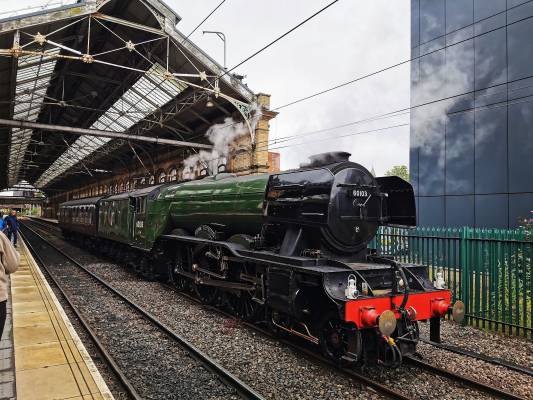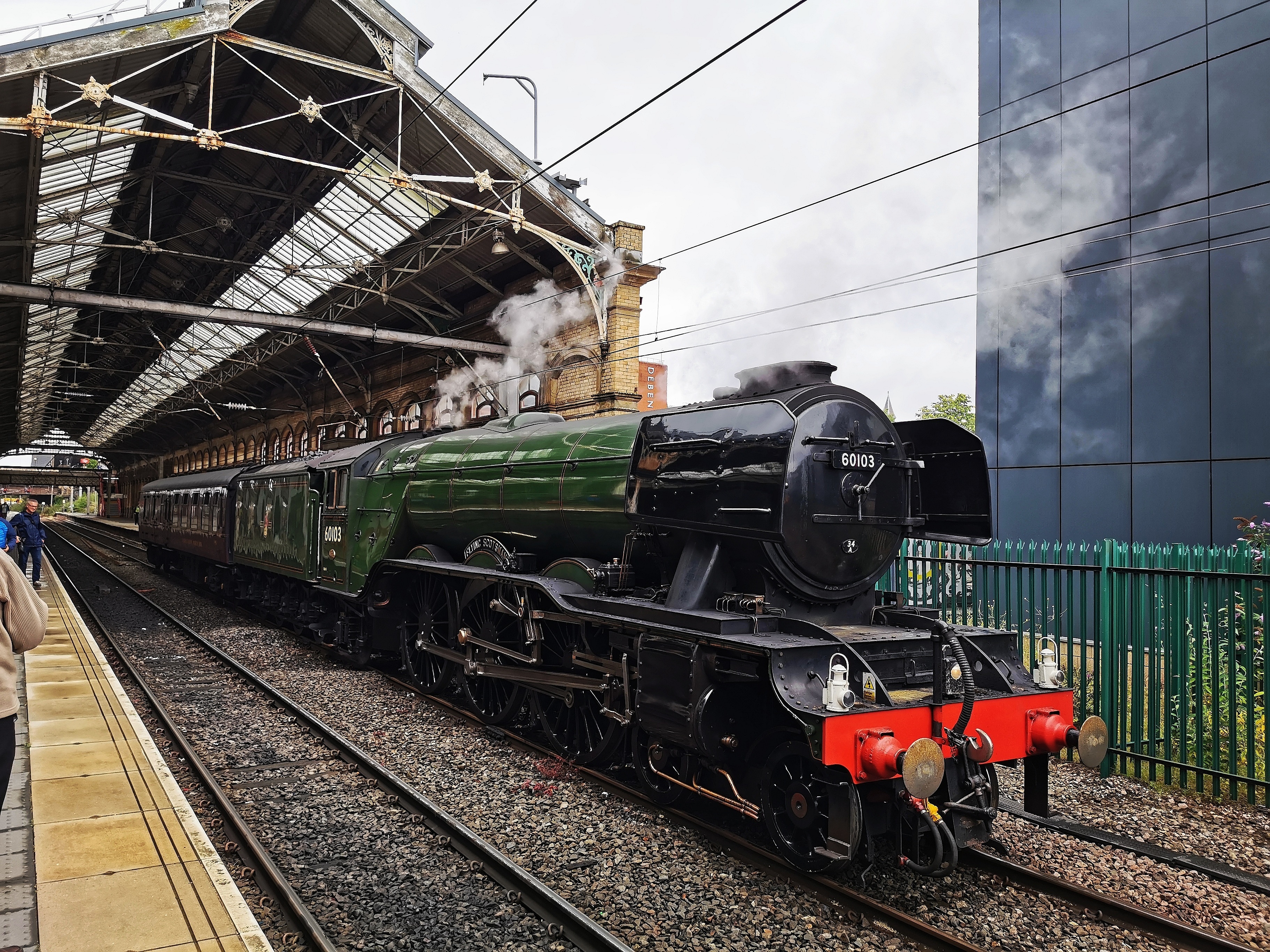
The 20s are back, so how much as Edinburgh changed?

To celebrate the return of the roaring 20s, let’s take a look at some of the monumental changes that occurred in the city one hundred years ago
The 20th century saw Edinburgh transformed beyond all recognition, from the creation of New Waverley Station in 1902 to the opening of the Scottish Parliament by Queen Elizabeth II in 1999.
But as we now enter the 2020s, we’re going to focus on some of the major things which happened within the Scottish capital a century ago, in the 1920s. From the terrific to the transformative to the tragic, the 1920s were a whirlwind decade for the city which never chooses to sit still.
Here are just some of the things that took place almost 100 years ago.
1920: The Edinburgh Extension Act
The decade began with the passing of an act which would change the city forever. The Edinburgh Boundaries Extension and Tramways Act 1920 was responsible for expanding Edinburgh into the grand metropolis we know and love today.
Under the Edinburgh Boundaries Extension and Tramways Act, the city of Edinburgh’s boundaries were pushed further, incorporating beloved districts Leith, Corstorphine, Colinton, Cramond and Liberton.
This act defined what Edinburgh is today, establishing key communities in and around the city. It has helped to shape Edinburgh’s history ever since. So much so in fact, that the city council is organising celebrations across the city in order to mark the anniversary of this historic act.
Edinburgh’s Lord Provost, Frank Ross, is chairing the group planning the celebrations. He comments: “This money, if approved, will help us raise further funding so that we can commemorate the centenary widely in our schools, our local high streets and with our community groups.”
1921: Garrick Theatre burns down
Garrick Theatre was one of the highlights of Edinburgh’s Grove Street back in the late 19th and early 20th centuries. The original theatre started life as the New Pavilion Theatre, which opened in February 1897. Later, after the turn of the century, it became the Prince of Wales theatre in 1906. But swiftly after this it became the Alhambra in November of the same year.
From November 1908, the theatre became Pringle’s Picture Palace and specialised in showing motion pictures. However, in January 1917 it reverted back to a variety theatre and, at last, became the Garrick.
The Garrick Theatre was one of the cultural hotspots in Edinburgh during its heyday, but when a major fire broke out in 1921, it was forced to close and the auditorium was demolished. Nowadays, the site is home to student accommodation.
1923: Edinburgh Corporation Tramways takes its last ride
Up until 1923, passengers travelling from Edinburgh to Leith had to change trams as part of their journey – from the cable-drawn carts of the city centre to the electric carts of Leith. This confusion was colloquially known as “the Pilrig muddle”.
However, in 1922 Edinburgh finally caught up with Leith and converted the entire system to electric traction. This was a mammoth task which took a long time to implement, and the last cable tram took its journey in June 1923.
You can still find a section of the original tram rail and cable track in Waterloo Place.
1925: The birth of the National Library of Scotland and Murrayfield Stadium
Two of the most iconic structures in Edinburgh were first introduced in the 1920s: the National Library of Scotland and Murrayfield Stadium.
The National Library of Scotland is now a Category A listed building, located on George IV Bridge. It houses over 7 million books, as well as 14 million printed items and over 2 million maps. Some of the highlights of its collection include copies of the Gutenberg Bible, the letter which Charles Dickens submitted with the manuscript of Origin of Species, and the First Folio of Shakespeare.
Meanwhile, the same year also saw the arrival of Murrayfield Stadium. Today, the stadium can house more than 67,144, making it the largest in Scotland and the fifth largest in the United Kingdom.
Although Murrayfield is mostly a rugby union stadium, it has also hosted major American football, rugby league and association football matches, as well as concerts.
1926: Calton Prison closes
Calton Prison was unique for many reasons during its lifetime. For one thing, it was infamous as one of the most brutal jails during the Victorian age. For another, at one point in its history, most of those incarcerated in Calton Prison were women. What’s more, many of the female prisoners – most of whom were jailed on petty drinking charges – had to be locked up with their infant children.
The prison’s opulent design meant that many 19th century tourists mistook it for Edinburgh Castle, but residents knew of the brutal conditions that hid behind the impressive walls. In fact, people would come from far and wide to witness the executions of both male and female prisoners.
Thankfully, the prison was closed in 1926. This reflected the changing attitudes of post-Victorian society.
1928: The Flying Scotsman locomotive takes flight
Having first been completed in 1923, the Flying Scotsman has become one of the world’s most iconic locomotives. The train has set two world records in its time. It was the first steam engine to be officially authenticated at reaching 100 miles per hour on 20th November 1934. It then set another record over 50 years later, completing the longest non-stop run by a steam locomotive when it ran 422 miles on 8th August 1989 while in Australia.
And in 1928, the engine enjoyed its inaugural ride from London to Edinburgh. As a result, the regular journey time between Edinburgh and London cut down to 7 hours and 30 minutes. This may seem long to us today, but at the time it was an unprecedented speed.
1928: Edinburgh’s first Speedway track opens
Thrill-seekers rejoiced in 1928 when Edinburgh’s first motorcycle speedway opened in 1928; the same year as the Flying Scotsman’s journey.
The sport involves up to six riders competing to complete four anti-clockwise laps around an oval circuit. Today, there are both domestic and international competitions across the globe, including the Speedway World Cup.
The first track to arrive in Edinburgh was located at Marine Gardens in Portobello. It was a popular attraction until 1939, when it shut down.
1929: William Wallace and Robert the Bruce immortalised
The 1920s ended with a celebration, as 1929 marked the sexcentenary of the granting of Robert the Bruce’s burgh charter.
To commemorate this, celebrations took place across the city and statues of Wallace and Bruce were unveiled at the castle. This was the first time two of Scotland’s most recognisable heroes had been celebrated together in such an iconic location.
Also in this year, the Playhouse cinema opened, as well as the crematorium at Warriston Cemetery.
There’s no doubt that Edinburgh has changed a lot in the last century, and we can’t wait to see what exciting things the city has in store for the 2020s.
Make 2020 the year that you find your perfect property in the Scottish capital. Craighouse is the latest collection of properties by Qmile Group, blending historical details with modern convenience to create harmonious and homely designs. Discover these homes for yourself today by clicking here, or contact the team by calling 0131 478 05 31.



